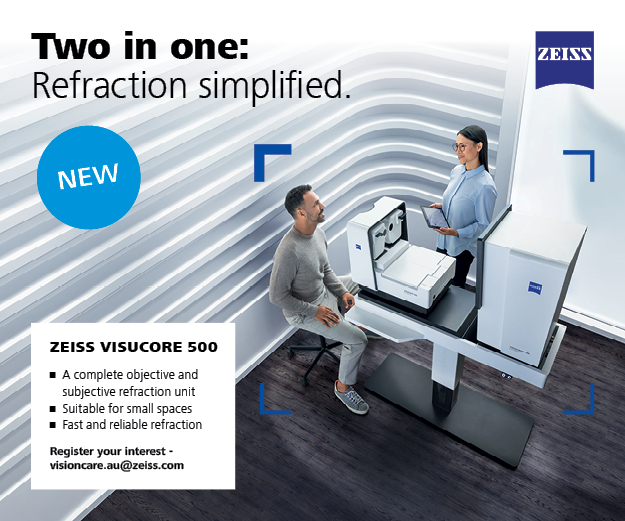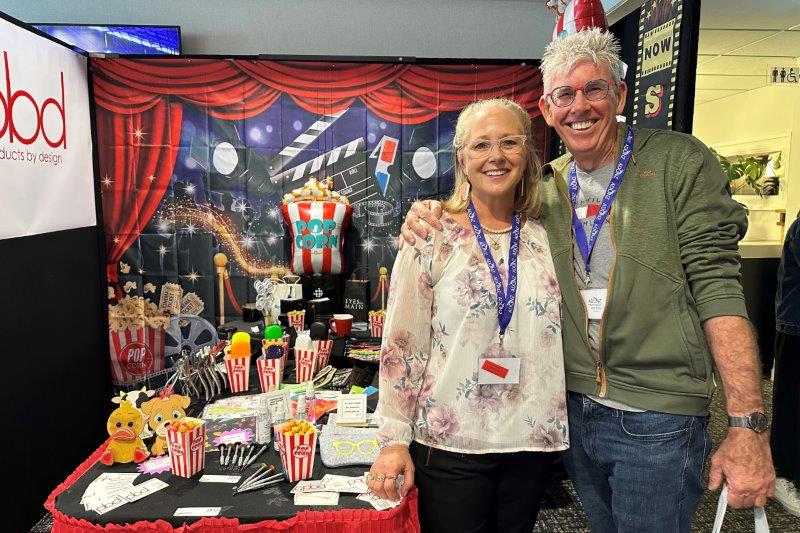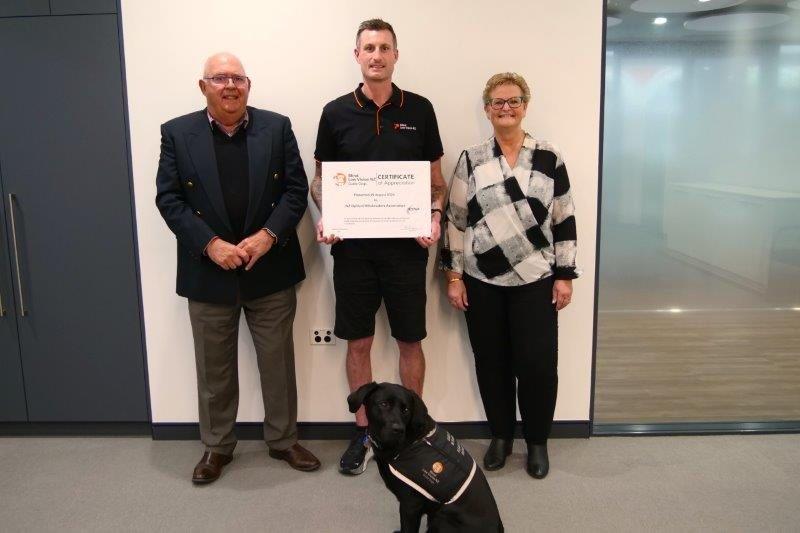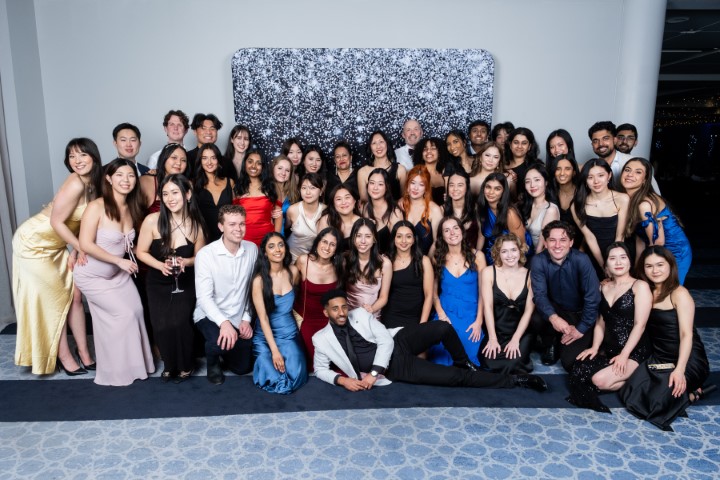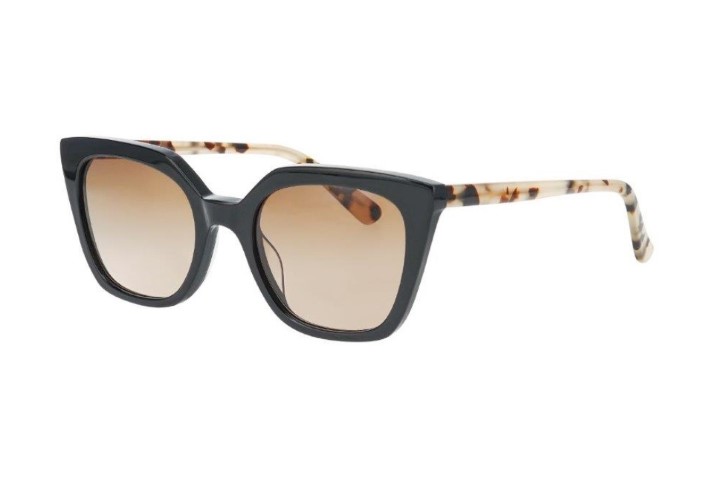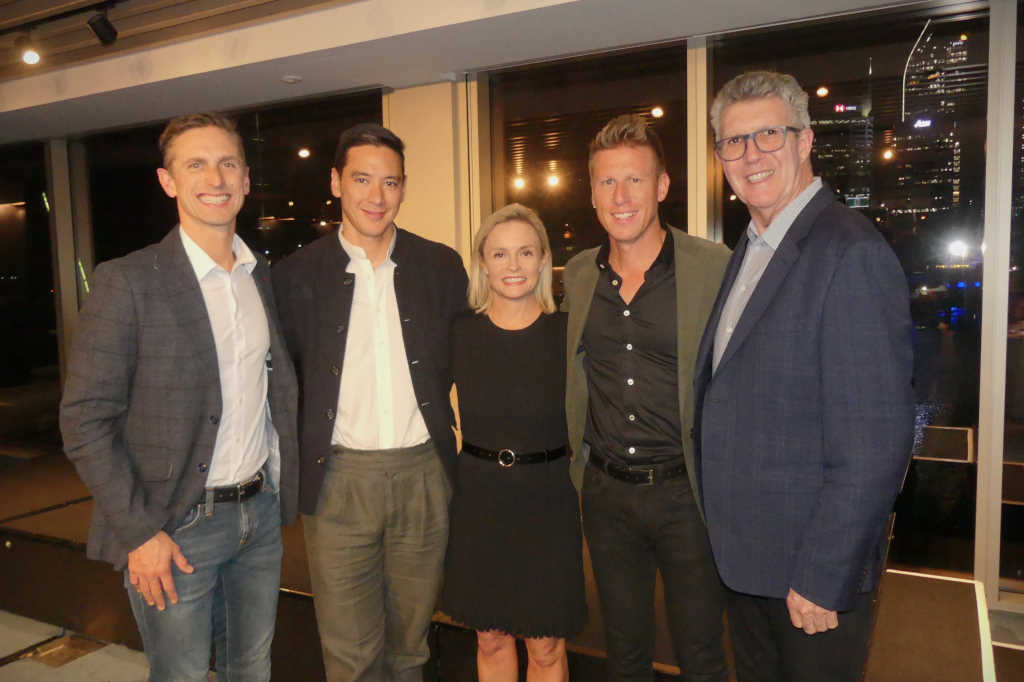Holographic optics for next-gen VR
Focused on developing the next generation of virtual and augmented reality (VR and AR) technology, Facebook Reality Lab researchers have combined the power of holographic optics and polarisation-based optical folding, paving the way for more powerful VR headsets not much bigger than normal glasses.
Developed by Andrew Maimone and Junren Wang, the prototype device replaces current refractive lenses with a holographic optics system, which functions in a similar way to holographic images on bank notes and credit cards. The result is a dramatic reduction in thickness and weight, said Maimone and Wang, because the holographic optic bends light like a lens but looks like a thin, transparent sticker.
The researchers also applied polarisation-based optical folding which means light can be moved both forward and backward within the lens, so the empty space between the display panel and the lens, required for the wearer to focus, can be traversed multiple times, reducing it to a fraction of the original volume.
Work is currently underway to integrate laser light sources in the holographic optics to deliver a much wider range of colours to the VR display, scaling the resolution to the limit of human vision, said Maimone and Wang.
While the technology is still a long way from being commercialised, the duo said they’re excited to see what the future holds.





